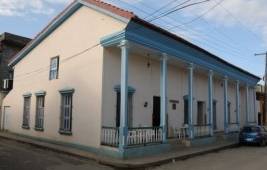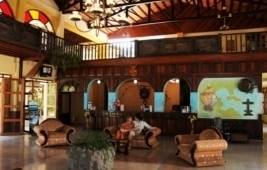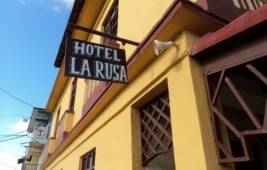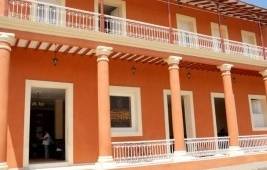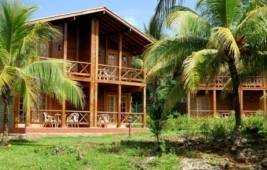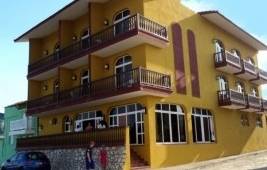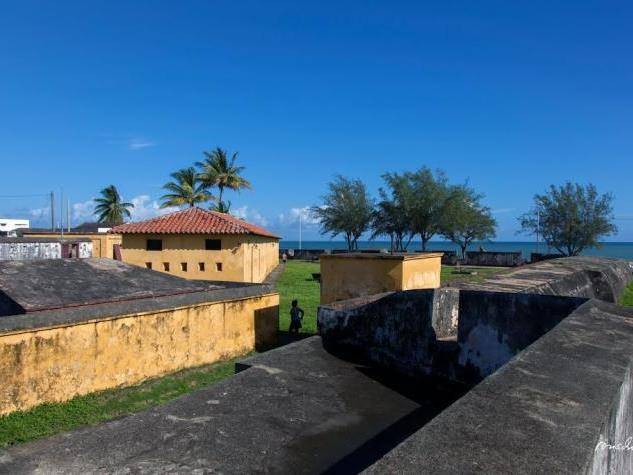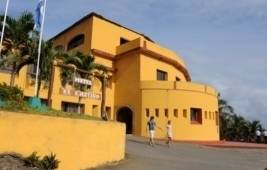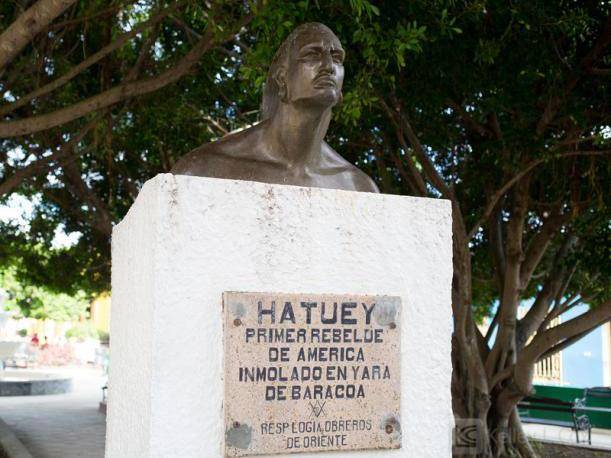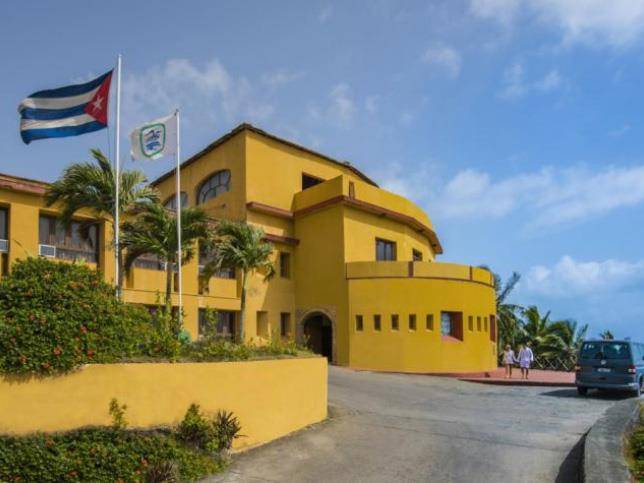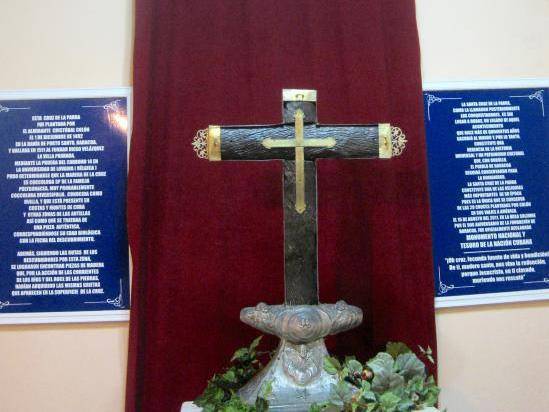
Catedral de Nuestra Señora de la Asunción Calle Antonio Maceo No. 152, Baracoa
The Cathedral "Nuestra Señora de la Asunción", arises at the beginning of the XVI century in the village of Baracoa. At that time this church was known with the name of La Iglesia Parroquial de la Villa de Baracoa. The church is best known for preserving the Cruz de la Parra that Columbus supposedly used when he came ashore in 1492 to claim Cuba for Spain and Christianity. Indeed, carbon dating has confirmed that the cross was fashioned in the late 1400s and is old enough to have been brought by the explorer. It can be stated with certainty that this is one of oldest crosses (perhaps the oldest) in the New World.

